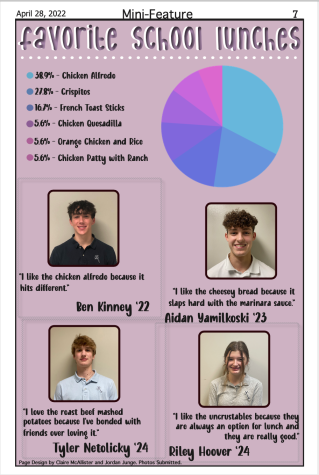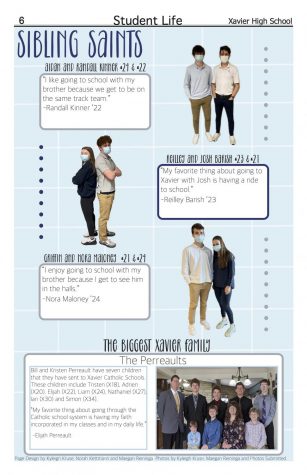Capitalistic thrifting
March 11, 2021
Goodwill, Salvation Army and second-hand stores are great places to find vintage clothes at an affordable price. No more scouring eBay or Craigslist and paying absurdly high prices for a shirt that ends up having holes and looks like it was found out of a dumpster.
Most of us have probably been thrifting, shopped for second-hand items or known someone who goes thrifting. We’ve also probably seen a thrifting account on Instagram at some point too. Thousands of followers from across the nation, and maybe even the globe, are waiting for the next post notification so they can potentially get first dibs. Then the bidding starts.
I didn’t realize this problem until I was participating in it myself. I don’t love spending money, so that’s when I started looking into thrifting.
I followed an account on Instagram and occasionally bought some of their clothing and thought nothing of it. Then the account started making people bid on the clothes and I watched as prices would soar above $80. What was the point of thrifting if I could just buy it brand new for that price?
These thrifting Instagram pages have become the new eBay in a terrible way. There is nothing wrong with wanting to make a quick buck or having a side hustle. However, the point of second-hand stores is for people who cannot afford brand new items to be able to buy quality, affordable clothes.
I’ve seen multiple TikToks and posts on Instagram claiming thrifting is a full-time job, constantly going to second-hand stores to find the latest vintage clothes and dropping potentially hundreds of dollars. All of this so they can continue to provide a steady stream of clothes for their buyers. But at what cost does this come?
We have managed to do a complete 360 in including those who cannot afford name-brand clothes. First, they were teased, then it was cool to thrift second-hand and now thrifting is so common that there are no more “cool” clothes left and they’re teased again.
Buying shopping carts full of clothes at the price range of one to maybe $10 per piece and then reselling them for $50 plus is absurd, especially if you are only buying from second-hand stores and not putting clothes back into circulation.
Rejecting the notion of name brands and multi-hundred dollar outfits is great; people shouldn’t need to spend money to feel trendy or worthy. However, taking away others’ opportunities to wear cute clothes defeats the purpose. People should recognize their privilege and be thankful to own nice, new clothes. Donating old clothes and giving those who are less fortunate a chance to wear them is a great way to help too.
Thrifting from second-hand stores guarantees clothes don’t go to waste and gives the less fortunate the opportunity for new items. For the more fortunate, they can afford new clothes or repurpose unusable clothes with sewing machines. Thrifting is amazing, just be mindful of who it might be taking from.













